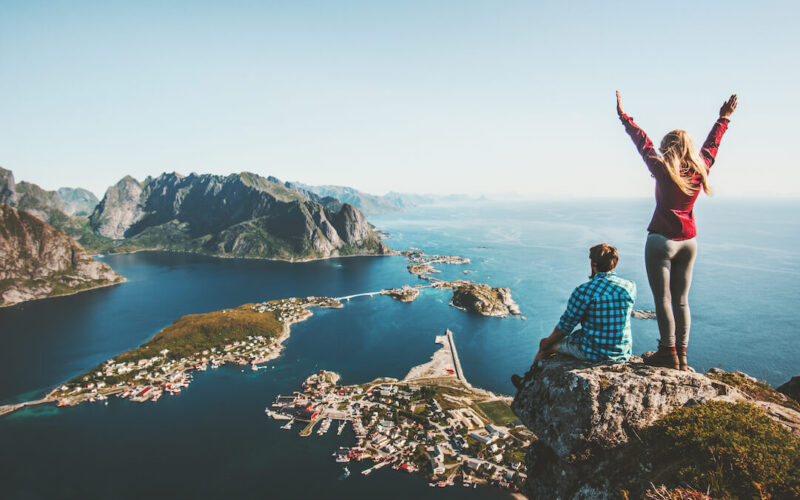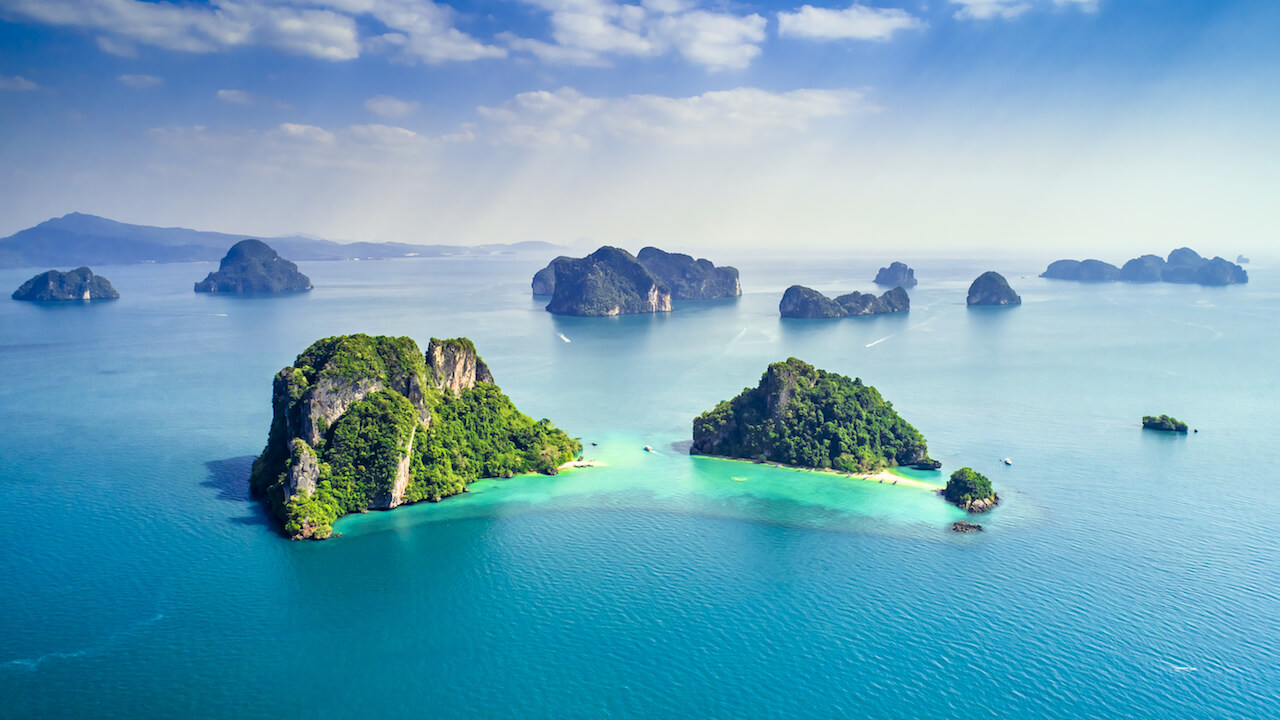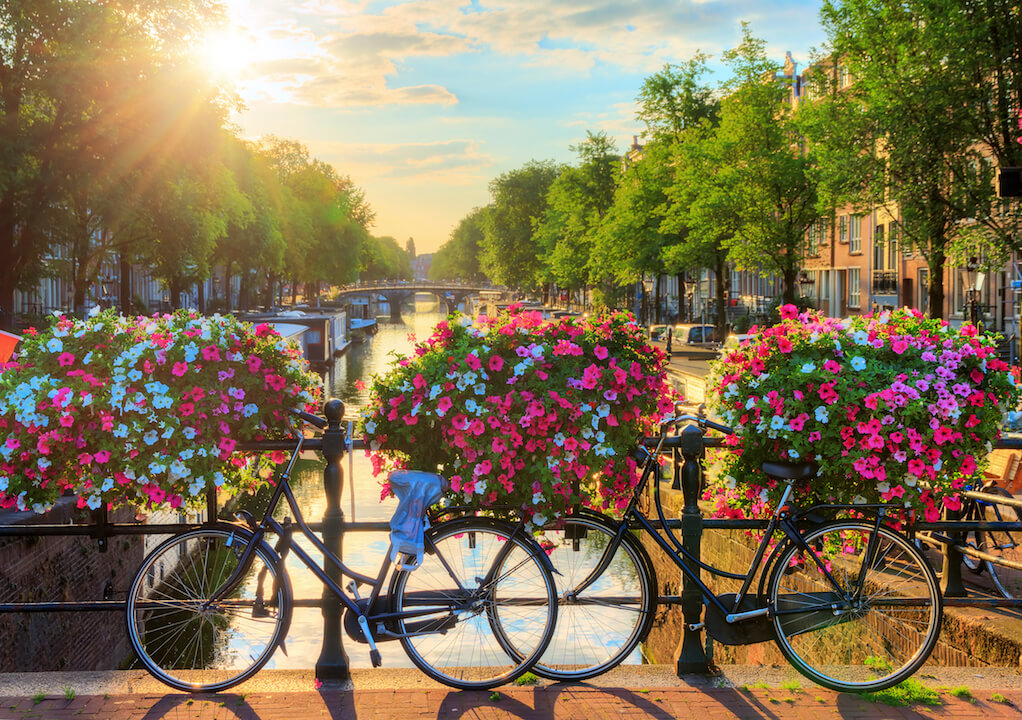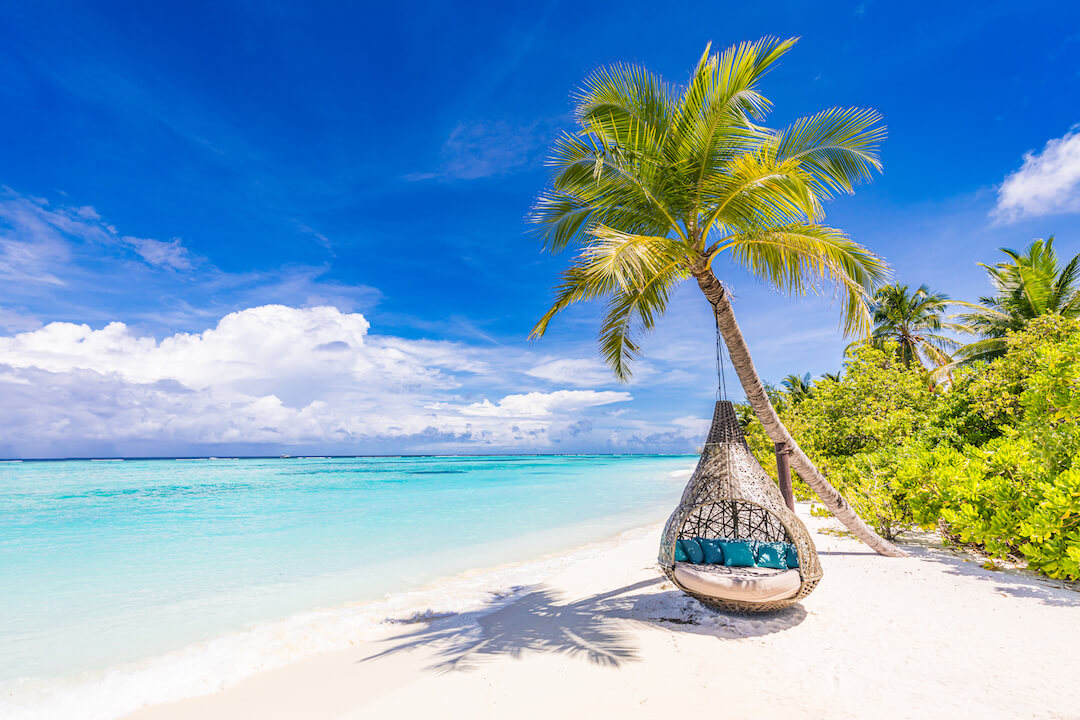It’s World Tourism Day today.
First launched in 1980, the United Nations World Tourism Organization (UNWTO) has celebrated this day every September 27th in order to foster awareness of tourism’s social, cultural, political and economic value.
More than 40 years on, here we are living through a global pandemic. So, is it still worth celebrating tourism? After all, the economic loss to the global GDP due to the tourism crash in 2020 and 2021 could total over $4 trillion (based on an economic assessment reported by UNCTAD).
Perhaps unsurprisingly, people are still enthusiastic about tourism. In his official message for World Tourism Day 2021, Secretary-General of UNWTO Zurab Pololikashvili said: “The human desire to travel and explore is universal, which is why tourism must be open for everyone to enjoy.
“By celebrating this day, we state our commitment that, as tourism grows, the benefits that come will be felt at every level of our broad and diverse sector, from the biggest airline to the smallest family business.”
More than an actual celebration, the core purpose of honoring World Tourism Day is to commit and renew the pledge to put global tourism back on its feet. And no one is more determined to achieve that than national tourism boards whose job it is to entice people to travel in the midst of a global pandemic.
So, for World Tourism Day 2021 we are highlighting campaigns rolled out in the past six months by various tourism boards in an effort to salvage tourism.
Thailand’s Phuket Sandbox
In July 2021, the Tourism Authority of Thailand announced that Phuket was now open to vaccinated Thai and international travelers. Furthermore, instead of quarantining in a hotel, travelers had to stay in Phuket, Samui or Krabi for at least 14 days before they could visit other destinations in Thailand.
This sounds like an attractive deal. If you had to choose two weeks in a hotel room or on an entire island, you wouldn’t even have to deliberate.
However, since the launch of the ‘Phuket Sandbox’ campaign, only about 26,000 travelers have been enticed to visit. This is way below the targeted 100,000 that the tourism board hoped to secure by the end of September 2021.
Singapore by Stream
The Singapore Tourism Board was one of the first to use live streaming technology to promote tourism. Launched in March 2021, ‘Singapore by Stream’ allowed viewers to control and interact with real taxi drivers in Singapore.
Taxi drivers usually act as a traveler’s first ad-hoc tourist guide. Singapore by Stream allowed viewers to interact with taxi drivers in the city-state, simulating a real-life experience of asking where the best chili crab in town is, or where one can find the best shopping bargains.
The campaign was launched while Singapore was still in lockdown and its borders closed. So this was a case of ‘think-of-us-now-visit-us-later’ strategy.
Did it work? In July 2021, four months after the campaign started, Singapore’s visitor arrivals recorded 5,177, a slight improvement from the previous month’s 4,729.
Amsterdam’s ‘clean act’
In June 2021, Amsterdam launched its first tourism campaign of the year. It had a strong and clear message: if you’re rowdy, stay away.
Amsterdam has long been known to be tolerant of fun and recreational activities that tourists indulge in when visiting the Dutch capital. Things may have stayed the same if not for the pandemic.
For locals, the absence of tourists brought a newfound peace and tranquility that, prior to the pandemic, seemed to be an unattainable dream.
Amsterdam’s city council spent EUR 100,000 in an online campaign officially known as ‘Enjoy and Respect’ in order to attract the right kind of tourists.
The aim of the online campaign is to “stimulate desired behavior” among tourists, said Geerte Udo, chief executive of the city’s promotion agency.
It may or may not be a direct result of the campaign, but barely three months since the campaign launched, the Netherlands announced that the country is dropping its quarantine restrictions on vaccinated travelers and that social distancing is no longer required.
Australia’s Best Shot
Australia’s borders have been closed for 18 months but, in August 2021, a tourism campaign targeted at the domestic market was launched.
Unlike a normal tourist campaign, this one did not sell travel or any breathtaking destinations. Instead, it promoted and encouraged people to get vaccinated against COVID-19.
Called ‘It’s Our Best Shot for Travel’, the campaign’s startling and graphic visuals were intended to highlight the seriousness of the pandemic.
“We need to claim back our way of life so that we can visit friends and relatives, get back into the workplace, get our kids back to school, travel domestically and internationally again, and welcome the world back to enjoy all that Australia has to offer,” Phillipa Harrison, managing director of Tourism Australia, said in a press statement.
While the campaign did not attract overseas tourists as Australian borders remain closed, it seems to be achieving its goal. Australia is set to open its doors again by December 2021, when the country’s targeted goal of 80% vaccination rate should be met.
Maldives’ 3V campaign
If there’s any destination which would fight tooth and nail for tourism to return to pre-pandemic levels, it’s the Maldives. Tourism is the Maldives’ largest sector in the economy, contributing to more than 66% of the island nation’s GDP in 2019.
In 2019, 1.7 million people visited the Maldives. In 2020, this number plummeted to just a little over 555,000.
So, in April 2021, the Maldives tourism board launched a campaign drive called ‘3V Tourism’ where it encouraged holidaymakers to ‘Visit, Vaccinate and Vacation’.
The Maldives has been one of the first destinations in the world to welcome tourists back and, with its 3V campaign, Tourism Minister Abdulla Mausoom said in May 2021 that the Maldives will also be the first destination to offer vaccines to tourists on arrival.
However, The World Health Organization has said that it doesn’t support such campaigns while there is a global vaccine shortage. With that in mind, once the Maldives’ population of 540,000 reaches its vaccination rate, the tourism board then plans to offer vaccination to arriving tourists.
—
Coming up with a tourism campaign in the middle of a global crisis is challenging and unenviable. While it’s clear that some campaigns work better than others, it would be premature to label them a success or a failure.
But it’s encouraging to see tourism boards make an effort to market their destinations in the face of such difficulties. It’s clear that there remains a strong determination to prosper.
And that could very well be the point of World Tourism Day.




